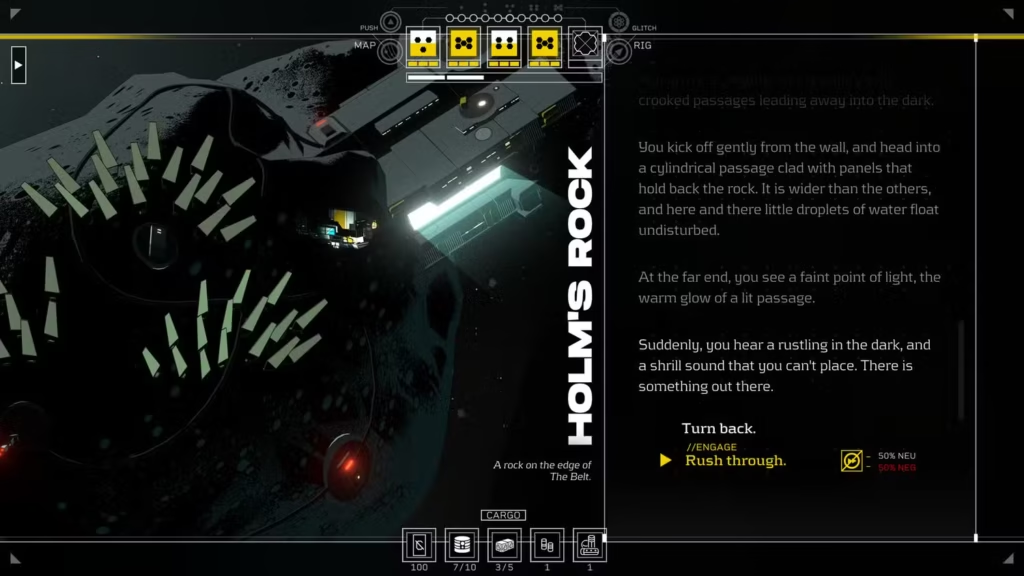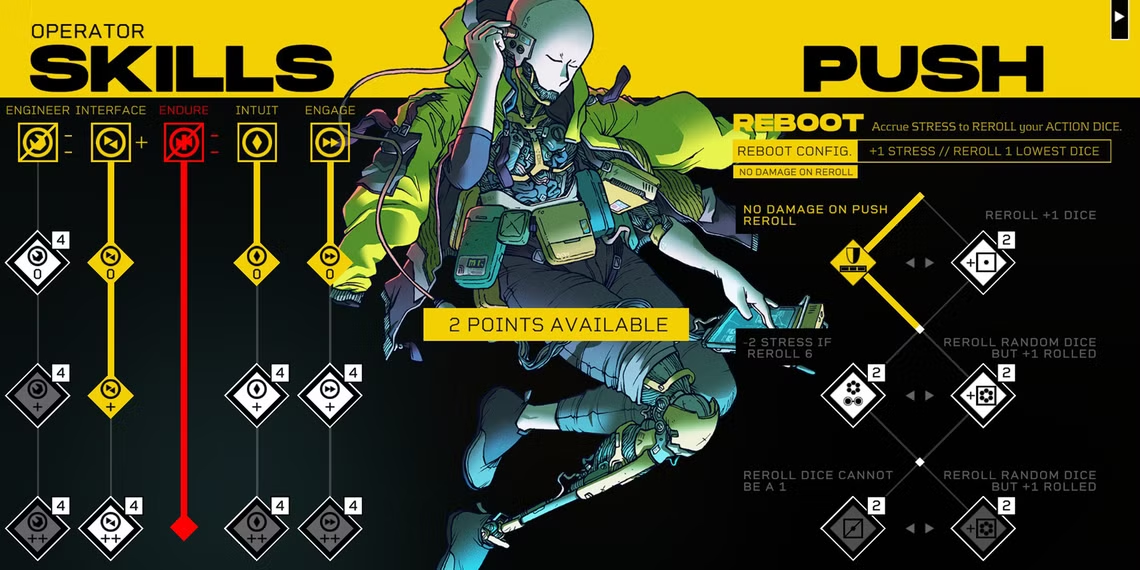Citizen Sleeper 2: Starward Vector is the highly anticipated follow-up to the acclaimed tabletop-inspired cyberpunk RPG, known for its innovative dice mechanics and exceptional worldbuilding. The game is crafted by solo indie developer Gareth Damian Martin of Jump over the Age, who aimed to bring the essence of tabletop gaming into the digital space.
Citizen Sleeper 2 builds upon the solid groundwork laid by its predecessor, much like any successful sequel should. This installment is grander in every aspect; the systems are intricately designed, the world to explore has significantly expanded, and the stakes are notably higher. While it introduces numerous enhancements and alterations, Citizen Sleeper 2 has skillfully maintained and even enhanced the tabletop essence that fans loved in the original.
Citizen Sleeper 2 Expands On The Original’s Tabletop Mechanics

Citizen Sleeper featured a distinctive dice pool mechanic that set it apart, treating dice as a limited resource with fixed results. Players didn’t roll for luck; instead, they faced the challenge of strategically deciding when to use lower-value dice, preserving higher ones for more critical moments. This innovative approach added a layer of strategy to the gameplay.
The first game was kind of an experiment, and it went really well. For the sequel, I thought, “Okay, this is an opportunity to bring in more of these ideas and add a bit more complexity.” I felt like people had given me the go-ahead to really go all out and bring through my favorite concepts from tabletop games.
At the top of the list was a stress system. I love the stress systems in Blades in the Dark, but also in games like Mothership and Heart: The City Beneath, which I’ve been running recently. Those systems generate so much tension and excitement, and I really wanted to bring that feeling into a game space for people who haven’t had the chance to experience it.
Citizen Sleeper 2 introduces an innovative stress system, drawing inspiration from various tabletop games that utilize a similar mechanic to create tension. When players experience failed actions or unfavorable roll outcomes, stress begins to build up. As stress levels rise, the likelihood of dice sustaining damage increases, adding a layer of complexity to gameplay.
Success and Failure Are Both Interesting in Citizen Sleeper 2

Citizen Sleeper 2 implements a robust autosave feature that ensures players remain committed to their chosen journey, whether that leads to success or setbacks. RPG enthusiasts often recognize the practice of “save scumming,” which can diminish the impact of failure and the process of bouncing back. In contrast, titles like Stellaris offer an Ironman Mode to eliminate this practice entirely.
Players can’t keep multiple saves or reload to avoid outcomes. All of this means I need the player to trust me. I make sure that whether there’s a failure or even a success, there’s always an interesting wrinkle or complication. It’s never a clean resolution; there’s a lot of nuance to that.
That’s a really important part of the game’s philosophy. From playing tabletop games, I observed that the best moments often come out of complications—not necessarily outright failures, but situations where there’s success with a consequence. I’m a big fan of that idea, and I’ve tried to build it into the game.
In Citizen Sleeper 2, complications arise not only from failure but also from the idea of “success with consequences,” as highlighted by Martin. This concept is integral to the game’s essence, suggesting that achieving a goal can lead to unforeseen challenges. For instance, successfully passing a skill check might thrust players into a more intricate scenario, or fulfilling a contract could come at a significant cost due to the risks involved.

